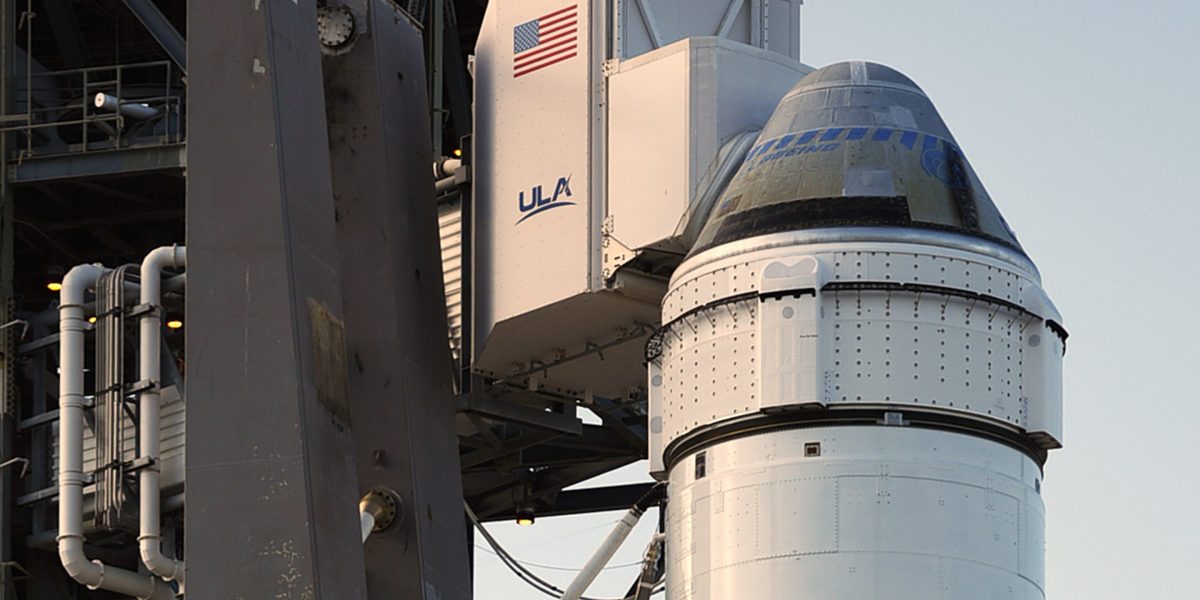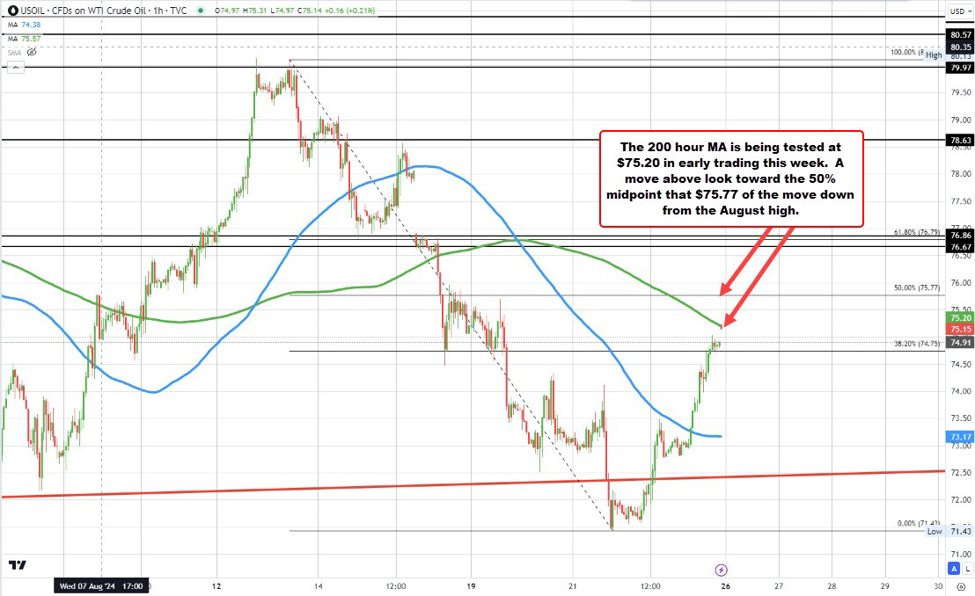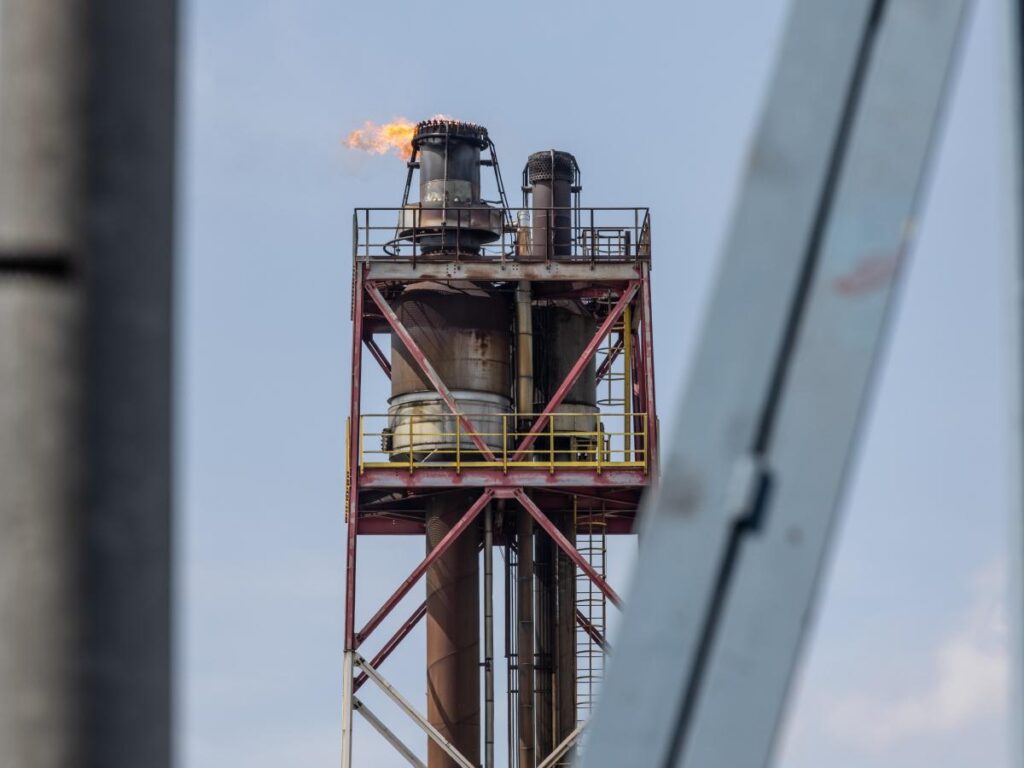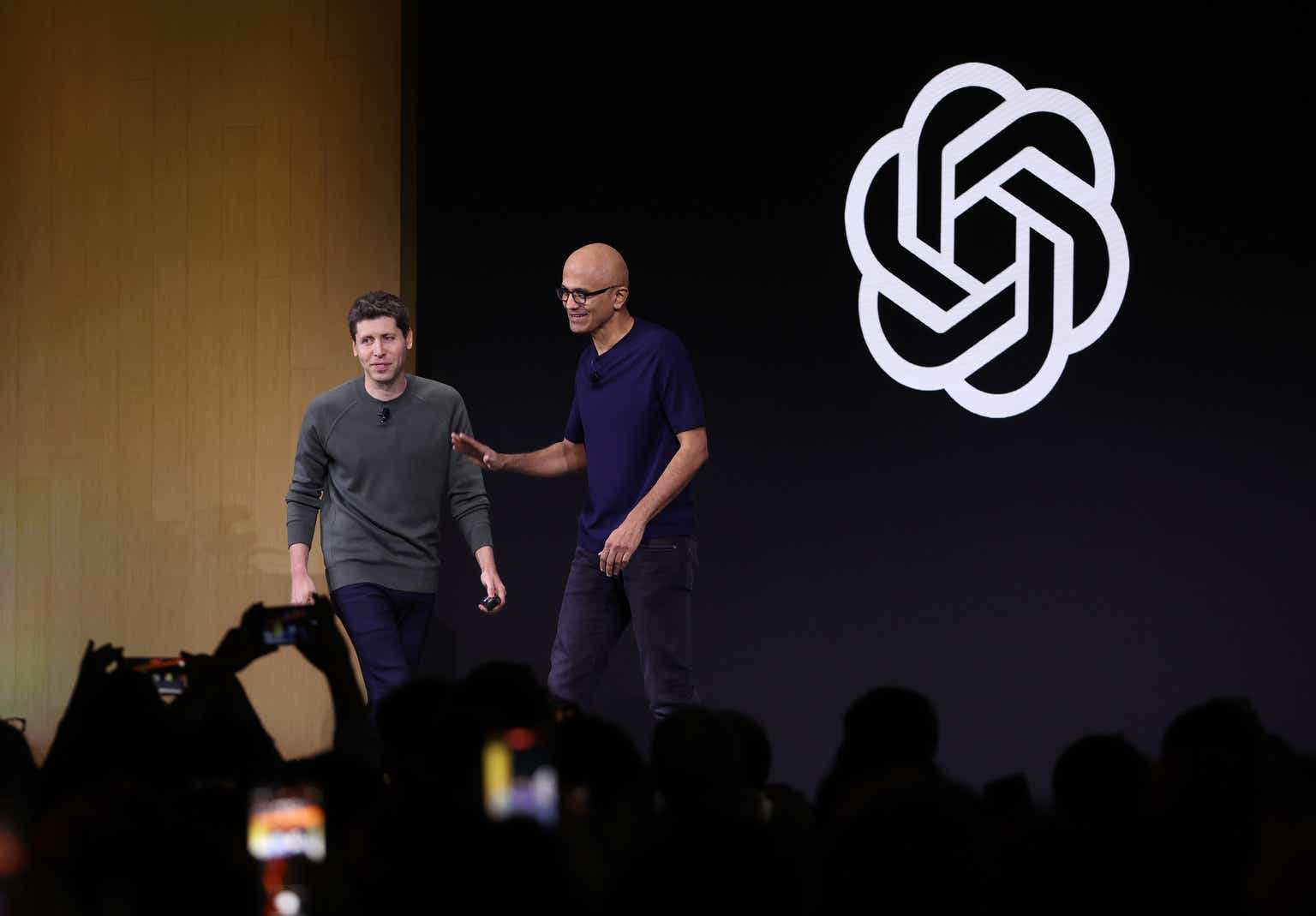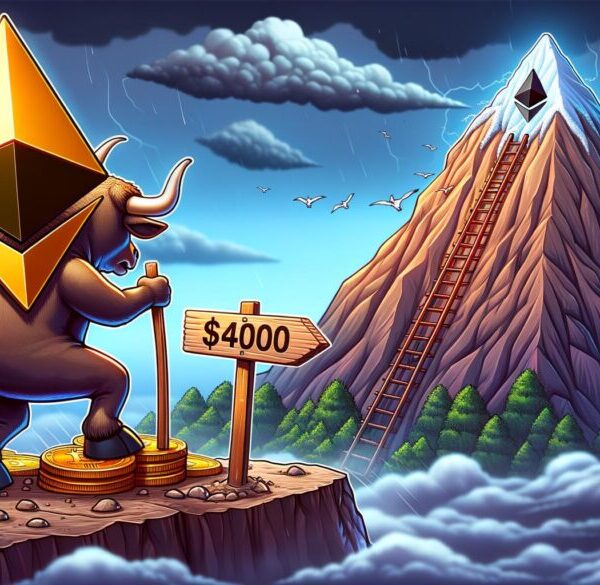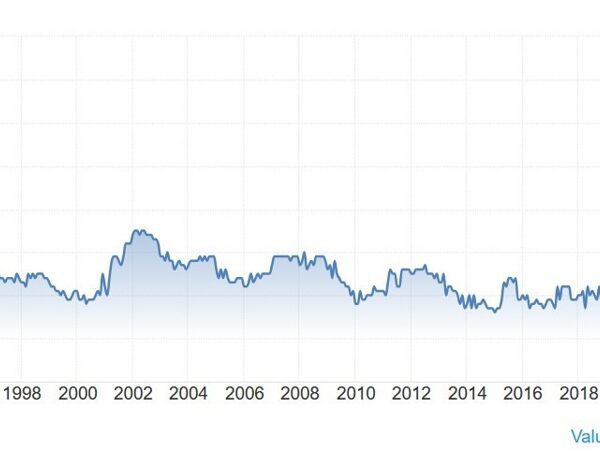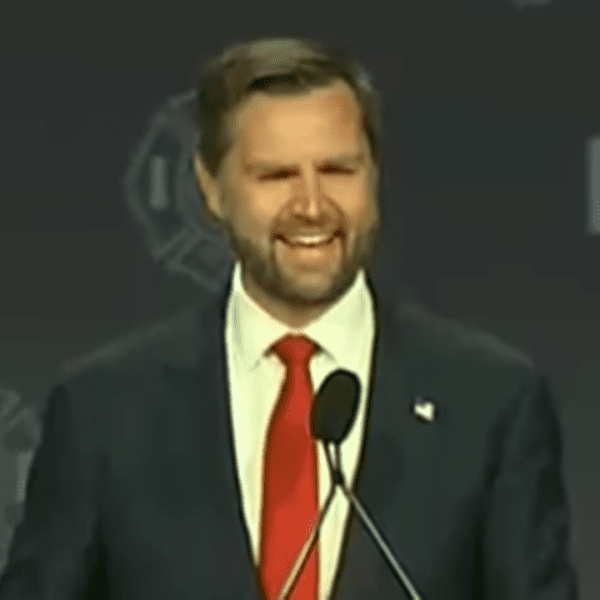

After a humiliating setback to its space ambitions, Boeing Co. faces a dilemma that pits its national duty against strained cash reserves.
The decision about the future of the struggling Starliner program now rests with Boeing’s newly installed chief executive officer, Kelly Ortberg, after NASA announced Saturday that it wouldn’t send astronauts home from the space station on the faulty spacecraft. Following weeks of testing and heated debate, the space agency decided it was safer to use Elon Musk’s SpaceX.
The specter of NASA astronauts being stuck in space is just one embarrassing moment of many for Boeing during an epically bad year that’s included a near-catastrophic blowout of an airborne 737 Max jetliner, federal investigations and an executive suite shake-up.
That leaves Ortberg, who took over the top job earlier this month, and the senior leadership council known internally as “exco,” to face thorny questions about the company’s commitment to human spaceflight and Starliner.
Before Ortberg joined Boeing, executives had vowed to honor the company’s contract to ferry astronauts to the International Space Station for NASA. Bill Nelson, the agency’s top leader, said Ortberg recently voiced support for continuing the Starliner program after the craft is sent back from the space station without people on board.
“He expressed to me an intention that they will continue to work the problems once Starliner is back safely and that we will have our redundancy and our crewed access to the space station,” the NASA administrator told reporters on Saturday.
But as a new leader brought in to get Boeing back on track after years of turmoil, Ortberg has free reign to make sweeping changes and unpopular calls, including potentially scuttling the human spaceflight initiative.
“Do they ultimately exit the program because it’s too complicated,” Boeing can’t recover its investment, “and because the other guy can do it better?” said Robert Spingarn, an analyst with Melius Research. “It can happen.”
Much will depend on how Starliner performs during its return flight to Earth without astronauts on board next month. NASA hasn’t ruled out certifying the Boeing craft, although it could require another test flight before the capsule is allowed to carry astronauts again. That could cost Boeing about $400 million, based on charges the company booked to redo an earlier test flight. The agency’s experts still aren’t certain why the thrusters suddenly stopped working.
Boeing’s strained balance sheet and an expected cash burn of at least $5 billion this year are considerations the company has to weigh against its legacy in space, which dates back to the Apollo moon-landing program. After recording some $1.6 billion in cost overruns, the struggling aerospace giant seems unlikely to ever make money on Starliner.
In a July filing, the company disclosed $125 million in new losses stemming from delays to the crewed flight test and testing of Starliner’s glitchy propulsion systems. “For Boeing, the losses are significant and would call into question the viability of a business like this if you look at it in a long-term way,” said Clayton Swope, deputy director of the Aerospace Security Project with the Center for Strategic and International Studies.
Starliner is one of several fixed-price contracts dragging on the profits in Boeing’s defense and space division, which posted a $762 million operating loss during the first six months of 2024, slightly worse than a year earlier. The stumbles at a business that was once reliably profitable is likely a pressing concern for Boeing’s new CEO.
“I think it’s really important for him to go in and have an assessment of this,” said Douglas Harned, an aerospace analyst with Bernstein. “He’s coming in with a clean slate.”
Boeing declined to comment on its internal deliberations over Starliner’s fate. In an internal message shared by the company on Saturday, Mark Nappi, a Boeing vice president and program manager, said staff would gather on Monday to ponder their next steps.
“I know this is not the decision we had hoped for, but we stand ready to carry out the actions necessary to support NASA’s decision. The focus remains first and foremost on ensuring the safety of the crew and spacecraft,” Nappi said.
Even before this weekend’s setback, there were signs Boeing’s long-term commitment to Starliner was in question. Late last year, Chief Financial Officer Brian West told a small gathering of investors that the company had a decision to make about future investment in the program after it fulfills its obligations to NASA for a half-dozen flights to the ISS.
NASA faces critical trade offs of its own as it maps out the future of the commercial crew program.
The agency designed the program from the outset to have more than one US spacecraft to take its astronauts and cargo to orbit. While Starliner has fallen seven years behind schedule, SpaceX has launched nine separate crews to the space station for NASA since 2020.
For all its setbacks, Boeing remains the agency’s best hope for pursuing a multiplayer strategy, Swope said. If Boeing were to back out of its contract, “That’s not a good outcome for NASA either. They’d have to start over with commercial crew,” Swope said.
The agency could work with Sierra Space to escalate plans for a crewed version of its Dream Chaser vehicle, which lost out to Boeing and SpaceX in the original bidding a decade ago. But that’s years away given delays to a cargo version of the craft.
Given the stakes, Swope thinks NASA will try to work out a way forward that keeps Boeing in the commercial crew program while addressing some of its financial pain. If the aerospace giant needs to send Starliner into space autonomously to test its glitch-prone thrusters, perhaps the agency could convert that into a cargo mission, he said.
Space is far from the only problem facing Ortberg, a veteran aerospace leader who came out of retirement to take the CEO role at Boeing. He’s expected to get his executive team in place and then tackle tougher issues like the quality lapses and poor execution across Boeing’s enterprise.
“If Boeing can fix its commercial airplanes business, what happens in space is a lot less relevant,” said Spingarn of Melius Research.

